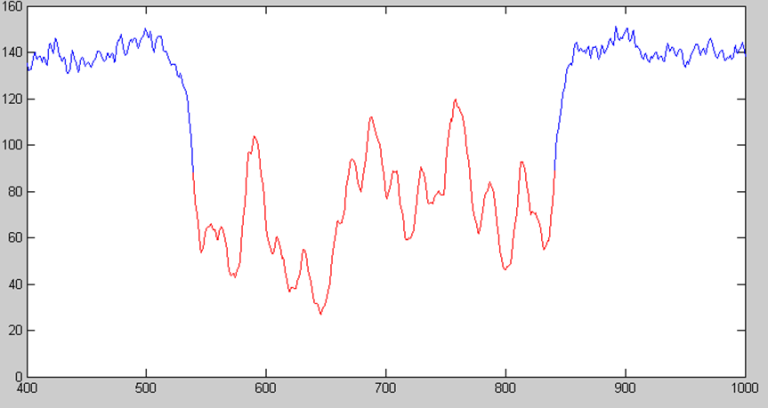Key Takeaways:
- Blurred barcode images hinder accurate decoding.
- The Point Spread Function (PSF) models image blur.
- Inverse PSF filtering can restore degraded barcode signals.
- Using known barcode symbology, inverse PSF coefficients are computed to correct distortions.
- Even partial signal recovery enables effective thresholding and decoding.
- This method improves reliability in barcode scanning under poor imaging conditions.
Barcode Image Recovery Using Inverse PSF: Correcting Blurred Barcode Images
Blurring is a major challenge in barcode image recognition and decoding. In many real-world imaging systems, imperfections such as defocus, motion blur, or lens aberrations degrade barcode images, making them hard to read. This article explains how to use the Point Spread Function (PSF) and inverse PSF filtering to recover and decode blurred barcode images with high accuracy.
What Is a Point Spread Function (PSF) in Imaging?
In an imaging system, the Point Spread Function (PSF) describes how a point source of light is spread or blurred in the captured image. It is a critical concept in optics and image processing, and is widely used in image reconstruction algorithms.
When a barcode image is degraded due to blur, the PSF determines how the original signal is distorted. PSF analysis is essential in understanding and reversing this degradation.
Understanding 1D Barcodes and Image Signals
1D barcodes, such as the widely used GS1-128 Symbology, consist of alternating black bars and white spaces. These patterns are designed to be scanned along the X-axis (horizontal direction).
A clean scan produces a signal where intensity values alternate sharply between high and low values (representing white and black, respectively). Here’s what an ideal barcode signal might look like:

In such cases, decoding is simple: you set a threshold between the maximum and minimum values of the signal, then classify everything above the threshold as White and everything below as Black.
Challenges in Decoding Blurred Barcode Images
In practice, many barcode images are degraded due to poor imaging conditions. When the barcode signal is blurred, the distinction between bars and spaces becomes unclear:

Barcode Image Recovery with Inverse PSF
To overcome these challenges, we can apply inverse PSF filtering—a method for barcode image deblurring.
What Is Inverse PSF?
The inverse PSF is a mathematical filter that attempts to reverse the effects of blur caused by the original PSF. In barcode scanning, it can be used to restore the original signal profile and enable proper decoding.
How Is Inverse PSF Calculated?
To derive the inverse PSF:
- Use multiple scans of barcodes with known symbology, such as GS1-128.
- These barcodes share standard features defined by the symbology.
- Use least squares optimization to minimize the difference between blurred and ideal signals.
- A small set of coefficients (e.g., 15) is often sufficient to correct the signal.
The result is a deblurred signal, more closely resembling the original barcode structure: Although the corrected signal may not be perfect, it is usually sufficient to apply thresholding and decode the barcode accurately.
Benefits of Using Inverse PSF for Barcode Decoding
- ✅ Improved barcode recognition under poor imaging conditions
- ✅ Enables recovery of barcodes with blurred or distorted signals
- ✅ Compatible with 1D barcode standards like GS1-128
- ✅ Efficient implementation using low-complexity inverse filters
Before and After: Barcode Signal Recovery
The inverse PSF coefficients were applied to the previously degraded signal to produce a significantly improved version, shown in red:


Final Thoughts
Inverse PSF filtering is a powerful tool for barcode image recovery, especially in challenging imaging environments. By leveraging the predictable structure of barcode symbologies and correcting distortion mathematically, you can greatly improve the performance of barcode scanning systems in retail, logistics, and industrial automation.
If you’re developing imaging software or building a barcode scanning system, incorporating inverse PSF-based image correction can dramatically boost your system’s robustness and accuracy.
Related Content
GREAT ARTICLE!
Share this article to gain insights from your connections!


